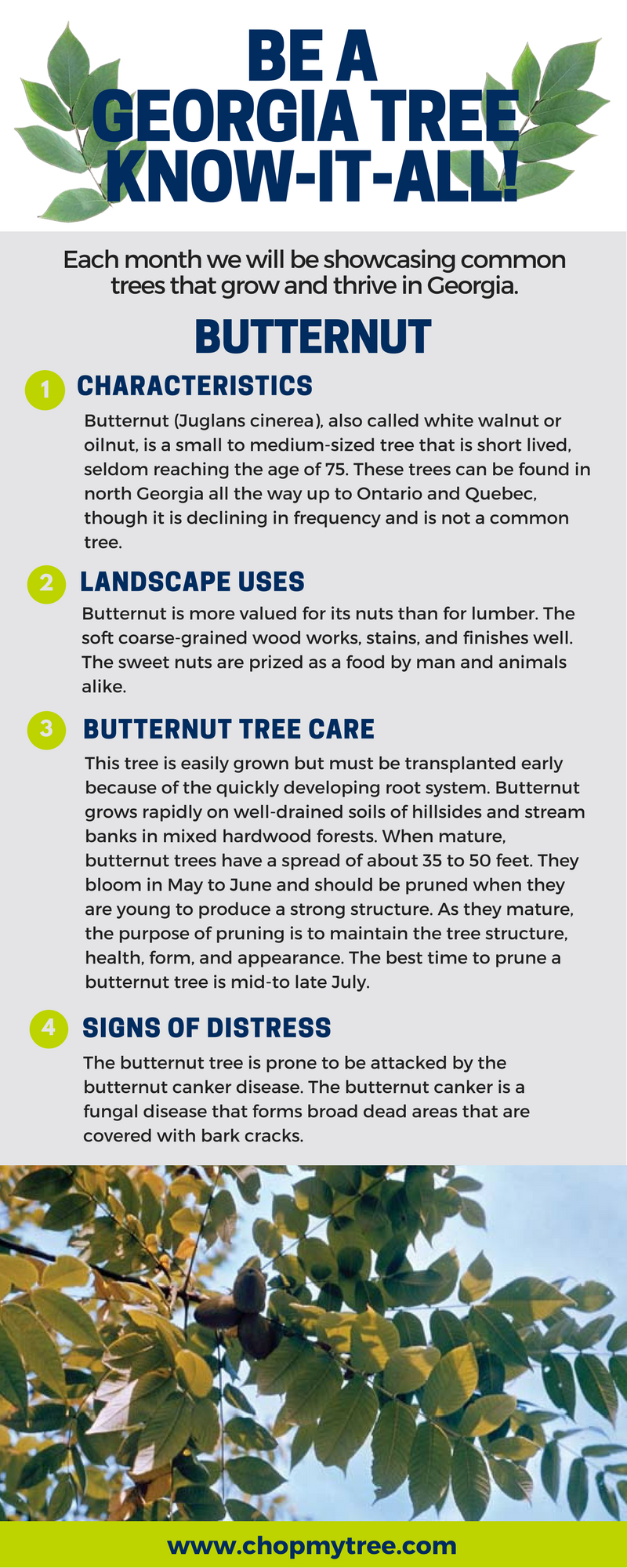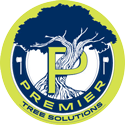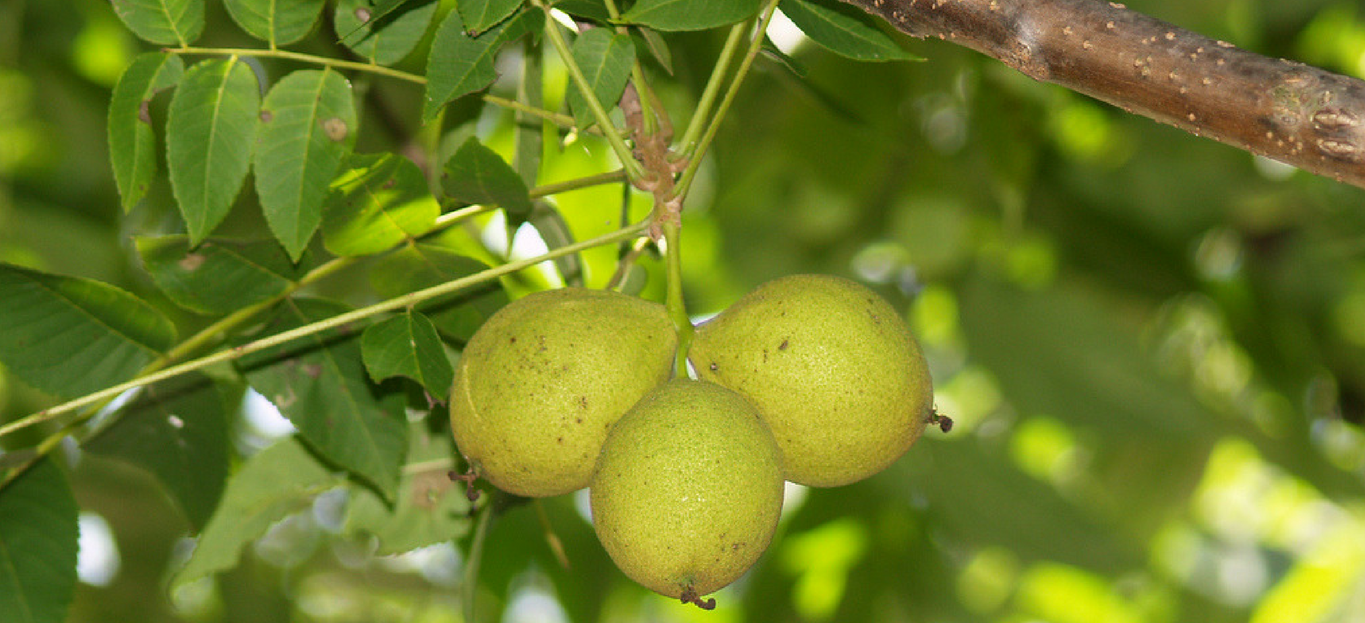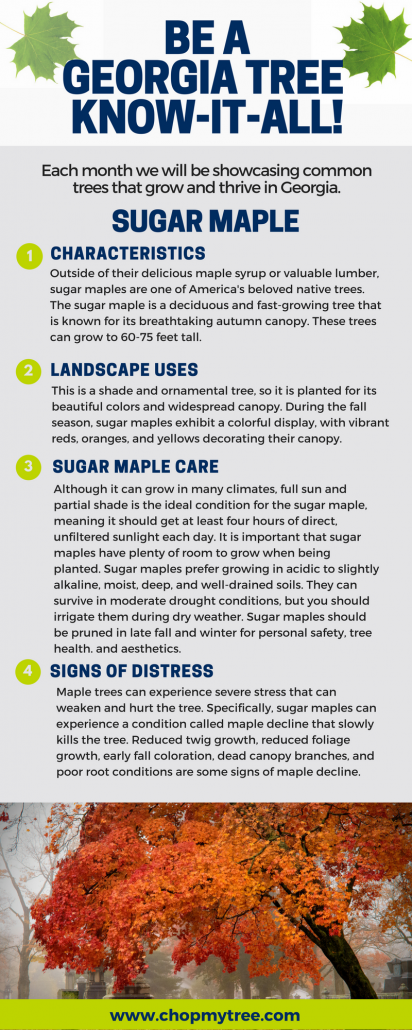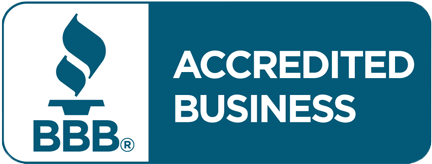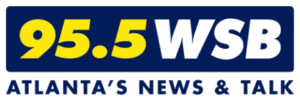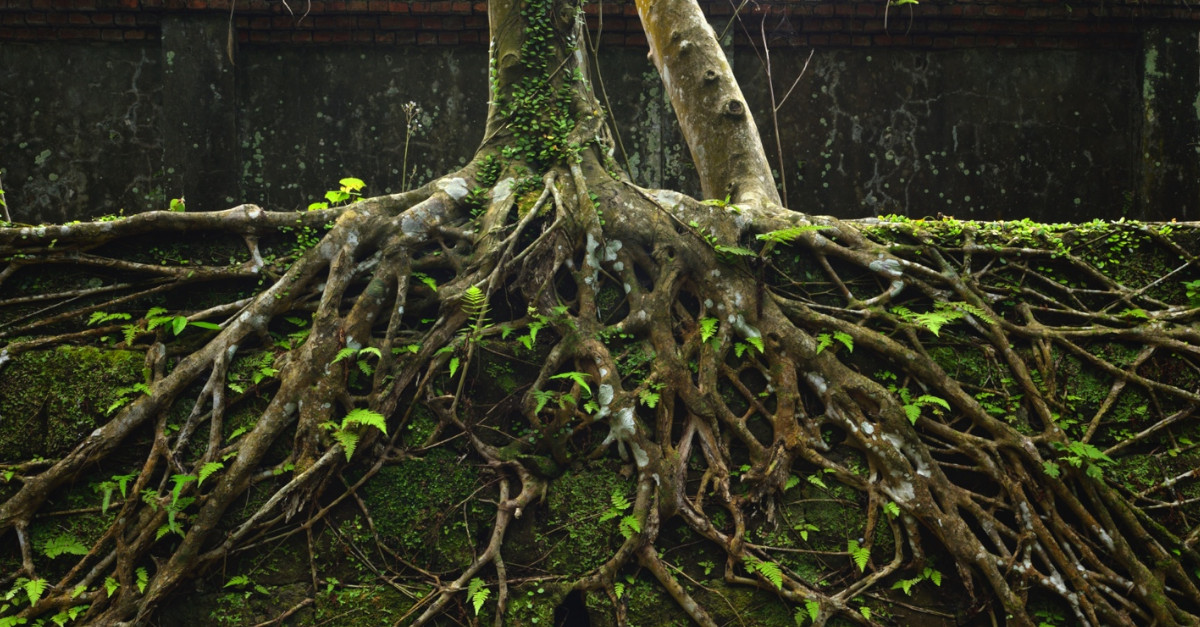Regular tree trimming serves many purposes. If this essential landscape practice is not performed regularly and correctly, homeowners often find themselves having to deal with some potentially dangerous and costly repercussions. Let’s review four.
1) Bodily Harm
Trimming and pruning help maintain a strong tree structure to ensure that massive pine in your front yard doesn’t drop a heavy branch on a jogger in a windstorm. Proper trimming helps keep the tree’s roots strong. This prevents the 50-year-old oak in your backyard from toppling when the next torrential downpour soaks the ground, posing a risk to your children and pets.
Proper trimming keeps low-growing branches away from sidewalks and driveways where they might come in contact with skin and eyes, and it helps keep slippery debris off the ground that could cause a pedestrian to lose footing.
2) Property Hazards
Trimming a tree eliminates weak wood and provides more nourishment and water for the healthy parts of the tree. Removing co-dominant leaders at the tree’s top helps prevent branches from splitting and breaking in bad storms, threatening to take down power lines along with wreaking havoc on your home’s roof, windows, skylights, and gutters.
Promoting a healthy tree by trimming back dead branches and shooters is also very important for protecting your family, pets, and home from fire damage.
3) Disease and Infection
It’s crucial to quickly remove damaged, diseased, and dead branches and limbs from trees to help prevent predatory, wood-boring insects from entering. These tiny creatures can harm not only the infected tree, but also pose a threat to the health of other nearby vegetation. You’ll have far fewer disease problems if you regularly thin a dense canopy on a tree, increasing exposure to air and sunlight.
4) Aesthetically Unappealing Landscape
A well-maintained landscape says a lot about the people who inhabit a house, and keeping trees neatly trimmed shows you take pride in your home. This is especially important when it’s time to sell. Potential homebuyers might never make it through your front door if they’re first greeted by an overgrown, unkempt front yard.
A sickly looking or misshapen tree can reduce your home’s value. An overgrown tree throws too much shade on your lawn and flower garden, depriving those vital parts of your landscape the sunlight needed to bloom and thrive. If your home overlooks a valley or has a clear view of the sunset, keeping your trees neatly trimmed showcases the beautiful vistas that surround your home.
Do your trees need an expert’s touch? Premier Tree Solutions, based in Atlanta, can help with trimming, pruning, storm cleanup, tree removal, stump grinding, and many other services needed to maintain a safe and beautiful yard. Give us a call at 404-252-6448 or contact us here.
